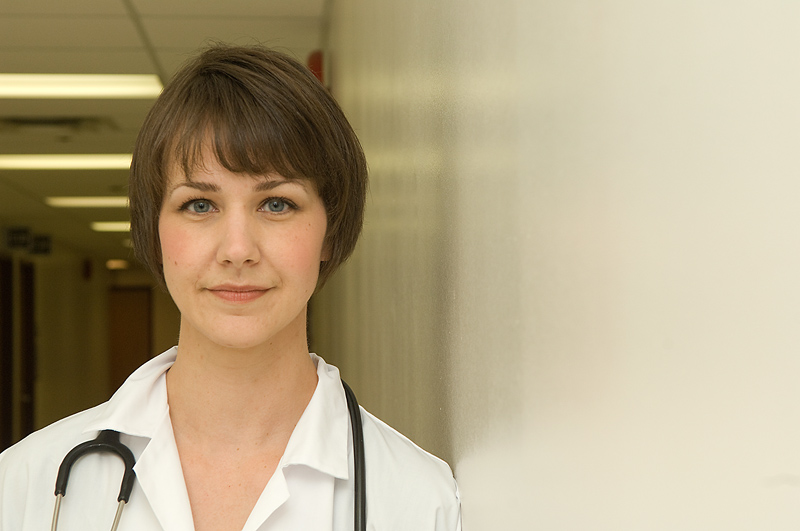
SATURDAY, Dec. 7 (HealthDay News) — Few people realize how effective the vaccines against HPV (human papillomavirus) are for preventing cervical cancer, and even fewer talk about the vaccine with their doctors, according to a survey of more than 1,400 people.
“From previous research, we know people are generally aware of the vaccine,” said Kassandra Alcaraz, director of health disparities research at the American Cancer Society, who led the study. “From this study, we learned that people are not sure it is effective.”
Alcaraz and her team used data from a U.S. National Cancer Institute (NCI) survey on health trends, collected in 2012 and 2013. Those who responded were either in the age range for which the vaccine is recommended or had an immediate family member in that age bracket.
The U.S. Centers for Disease Control and Prevention recommends HPV vaccination for boys and girls at age 11 or 12, before they become sexually active. For older youth, a “catch-up” vaccination is recommended. The vaccines, Gardasil (for boys and girls) and Cervarix (for girls) target two HPV strains thought to cause most cervical cancers, and Gardasil targets two additional strains. The vaccines also guard against anal and vulvar cancers.
Only one of four survey respondents reported talking to a health-care provider about the vaccine, with those who graduated college most likely to have done so.
When asked about how effective the vaccine is, 70 percent did not know. According to the NCI, vaccination has been found to prevent nearly 100 percent of the precancerous cell changes that would have been caused by the two strains, HPV 16 and 18.
When Alcaraz looked at responses by race, blacks reported even more uncertainty about how effective the vaccine was, with 78 percent saying they did not know how well it worked.
Alcaraz is due to report her findings Saturday at an American Association for Cancer Research conference on health disparities, held in Atlanta. The study was funded by the American Cancer Society.
Because this study was presented at a medical meeting, the data and conclusions should be viewed as preliminary until published in a peer-reviewed journal.
Although the vaccine has been available for seven years, the percentage of young people getting it remains low, Alcaraz said. About one-third of teen girls received the recommended three doses. Even fewer boys, maybe 5 percent, have gotten vaccinated, she said, citing CDC numbers.
The three-shot series costs about $400. Once a vaccine is recommended, as the HPV one is, insurance plans typically cover them, according the CDC, although there may be lag time. A federally funded Vaccines for Children program offers help to those eligible.
Under the federal Affordable Care Act, or “Obamacare,” all new private insurance plans will cover the vaccines for the recommended groups. Those who buy insurance through the exchanges or who are newly eligible for Medicaid will also be covered for the vaccine in 2014, according to the Kaiser Family Foundation.
About 12,000 new cases of cervical cancer are diagnosed annually, with about 4,000 deaths, according to the American Cancer Society. Pap smears are one way to detect the cancer.
Dr. Mark Wakabayashi, chief of gynecologic oncology at the City of Hope Cancer Center in Duarte, Calif., is not surprised by the findings, but said the message is to encourage health care providers to talk more about the vaccine.
It’s really the responsibility of health care providers to make their patients aware of the vaccines’ effectiveness, he said. While teens may be aware the vaccines exist, he noted, “I wouldn’t expect a person to know that much about the vaccine.”
More information
To learn more about HPV vaccines, visit the U.S. National Cancer Institute.
Copyright © 2025 HealthDay. All rights reserved.

